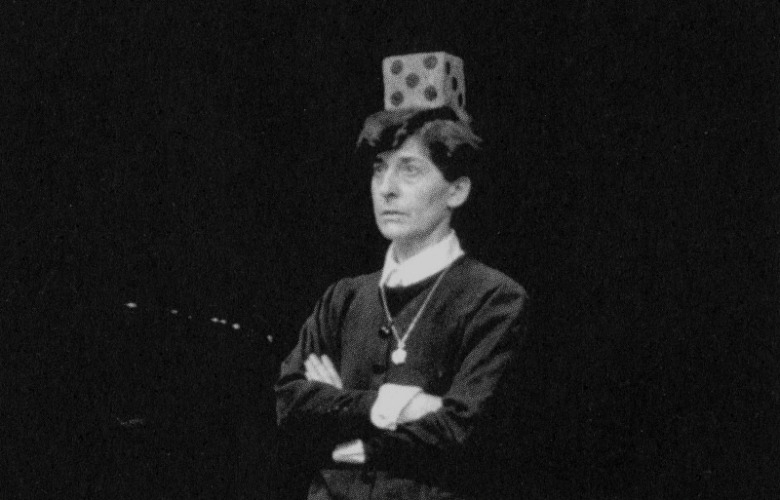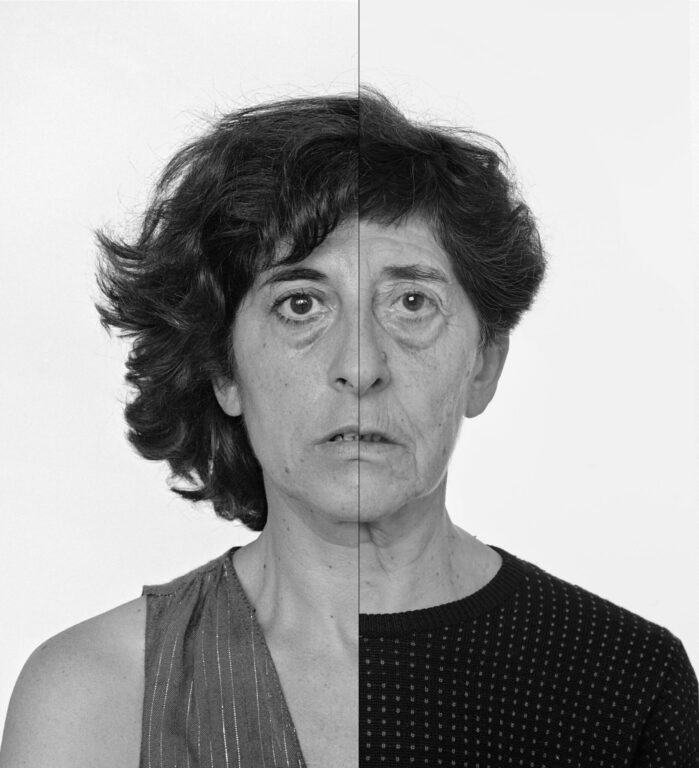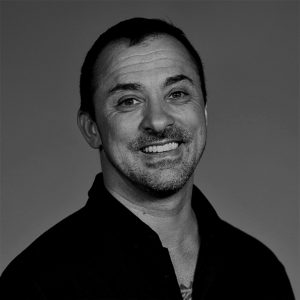
Esther Ferrer is a Spanish multi-media and performance artist known for her work with the experimental music and performance art group ZAJ. In the 1960s, Ferrer and painter Jose Antonio Sistiaga created the Free Expression Workshop in San Sebastián, Spain, which led to the founding of the Experimental School, a space dedicated to providing artists with an opportunity to create avant-garde works.
Esther Ferrer was born in 1937 in San Sebastian, Spain. Over the last thirty plus years, she has lived and worked in Paris. A self-taught artist, she also has a degree in journalism.

In the 1960s, Esther Ferrer created the Free Expression Workshop in San Sebastian with painter José Antonio Sistiaga. This was a pedagogical experiment they ran together for a number of years.
Their teaching was inspired by the principles developed by Célestin Freinet, a French educational reformer. He strongly recommended teaching children by allowing them to express themselves freely through the arts.
In 1967, Esther joined the ZAJ group, created in 1964 in Madrid by two Spanish composers, Juan Hidalgo and Ramón Barce, and Italian Walter Marchetti.
ZAJ was active in Spain until 1973, when its members left the country. Active within a repressive dictatorial context, ZAJ circumvented the censorship of Franco’s regime that dealt ruthlessly with most modes of artistic expression.
Their performances were intentionally fleeting. However, ZAJ often published writings or postcards afterwards.
Their actions and concerts were based on elements of daily life taken out of their normal context. Minimalist gestures and movements, simple and ordinary objects, which followed a pre-determined pattern.
ZAJ participated in John Cage’s happening, John Cage’s Train (The Search for Lost Silence), in Bologna, Italy.
ZAJ is a movement that was inspired by Marcel Duchamp, but also by the Futurists and John Cage.
Esther Ferrer defined ZAJ as “Possibility turned into practice. A way of defining oneself as an artist.”
It was only after the official disbanding of the group in 1995 that the Reina Sofía National Art Centre museum in Madrid presented ZAJ’s first anthological exhibition.
Esther earned her living through translation. She also wrote for various newspapers and art journals after her arrival in France in 1973.
Her interests then turned to feminism and art.
She does not consider herself to be an art critic, but says, “I write to share my ideas with readers and to defend causes that I believe in.”
She participates in international performance and poetry festivals. Performance is one of the mainstays of her work.
For Esther Ferrer, an action is made up of three fundamental elements: time, space, and presence.
Each action can have different versions, but each action is also rigid in its theatricality. Esther prepares her actions meticulously. However, she always includes moments of improvisation as well.
She also loves to make use of unexpected events. As each performance progresses, she flows with it and often transforms error into invention.
Esther says, “Performance is the most open form of art. It doesn’t correspond to a strict definition, but encompasses a very broad spectrum. A performance can take on the appearance of anything. Theory becomes practice. Or practice becomes theory.”
It is a fundamental part of her practice, which could be defined, as Margarita Aizpuru has written, as a “music of gestures”.
For Esther Ferrer, performance is a presentation and not a representation. The performer is not an actor, but rather a corporal element that executes an action in a neutral and pure manner. The chance elements that arise are immediately utilized for the performance.
In 1999, Esther Ferrer was one of two Spanish artists chosen to represent Spain at the Venice Biennale (with Manolo Valdés). She presented three works: Within the Frame of Art, Self-portraits through Time, and The Three Graces.
In 2009, the Spanish Minister of Culture awarded Esther Ferrer the National Fine Arts Prize.
In 2012, the Basque government awarded her the Gure Artea, a prize for artistic creation.
And, in 2014, Esther Ferrer was awarded the MAV Prize – Mujeres en las Artes Visuales (Women in Visual Arts).
In 2013, the Regional Contemporary Art Fund in Brittany (FRAC) hosted the first major retrospective exhibition of Esther Ferrer in France. Face A: Le Chemin Se Fait En Marchand (The path is created as you walk), followed by Face B: Image/Self-Portrait, at the MAC/VAL in 2014.
Esther Ferrer still lives in Paris and, now in 2021, at ninety-three years of age, still continues to create. Her work is an inspiration to performance artists the world over.
Sources:
Guggenheim Bilbao – Esther Ferrer
Tadeusz Kantor – The Polish Creator And Theatrical Expression
Robert Wilson, The Master of Experimental Theater


Liam Klenk was born in Central Europe and has since lived on four continents. Liam has always been engaged in creative pursuits, ranging from photography and graphic design, to writing short stories and poetry, to working in theatre and shows. In 2016, Liam published his first book and memoir, 'Paralian'.
Read Full Profile© 2021 TheatreArtLife. All rights reserved.

Thank you so much for reading, but you have now reached your free article limit for this month.
Our contributors are currently writing more articles for you to enjoy.
To keep reading, all you have to do is become a subscriber and then you can read unlimited articles anytime.
Your investment will help us continue to ignite connections across the globe in live entertainment and build this community for industry professionals.